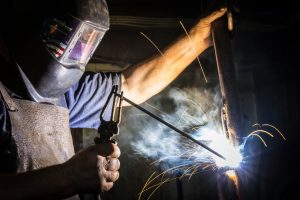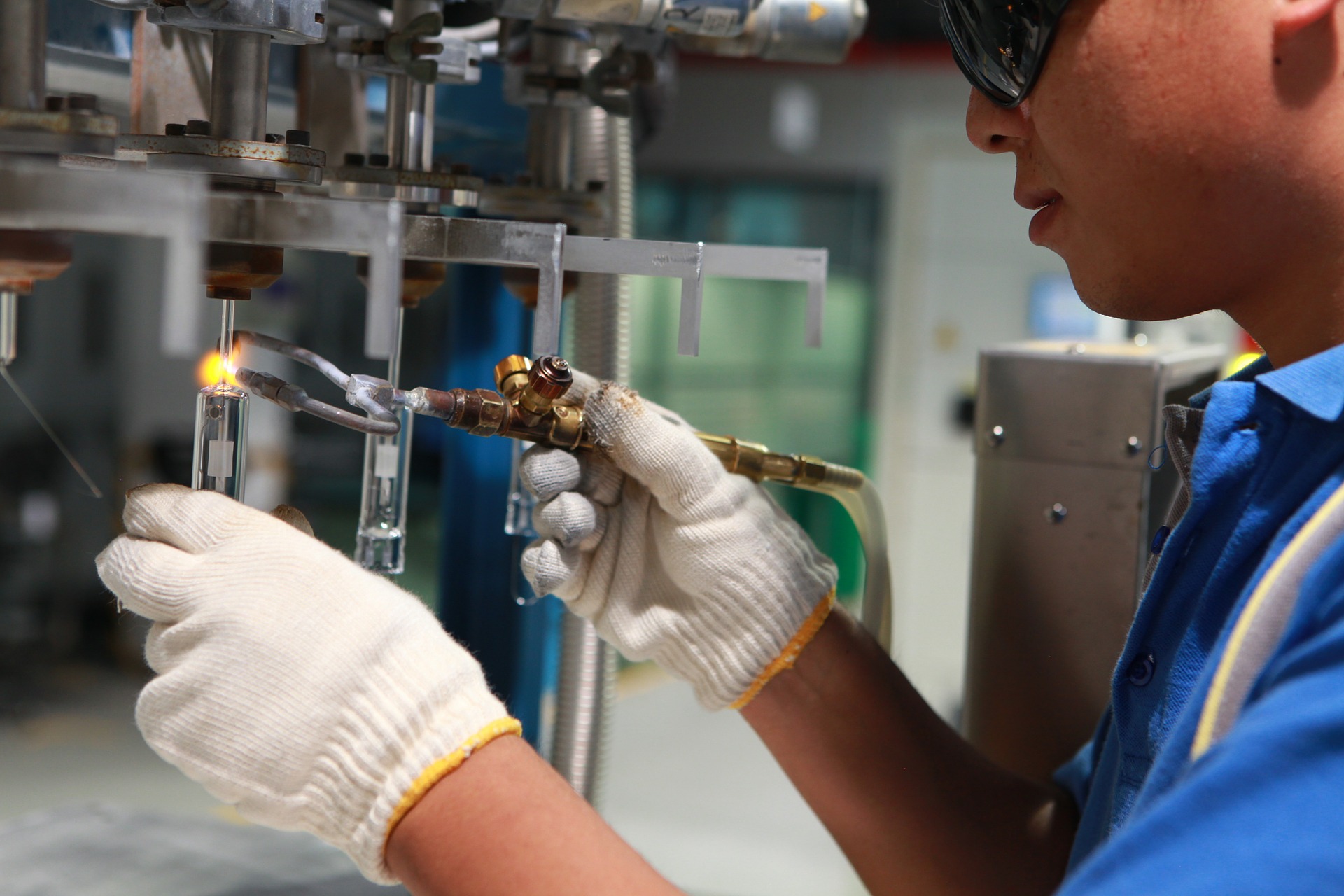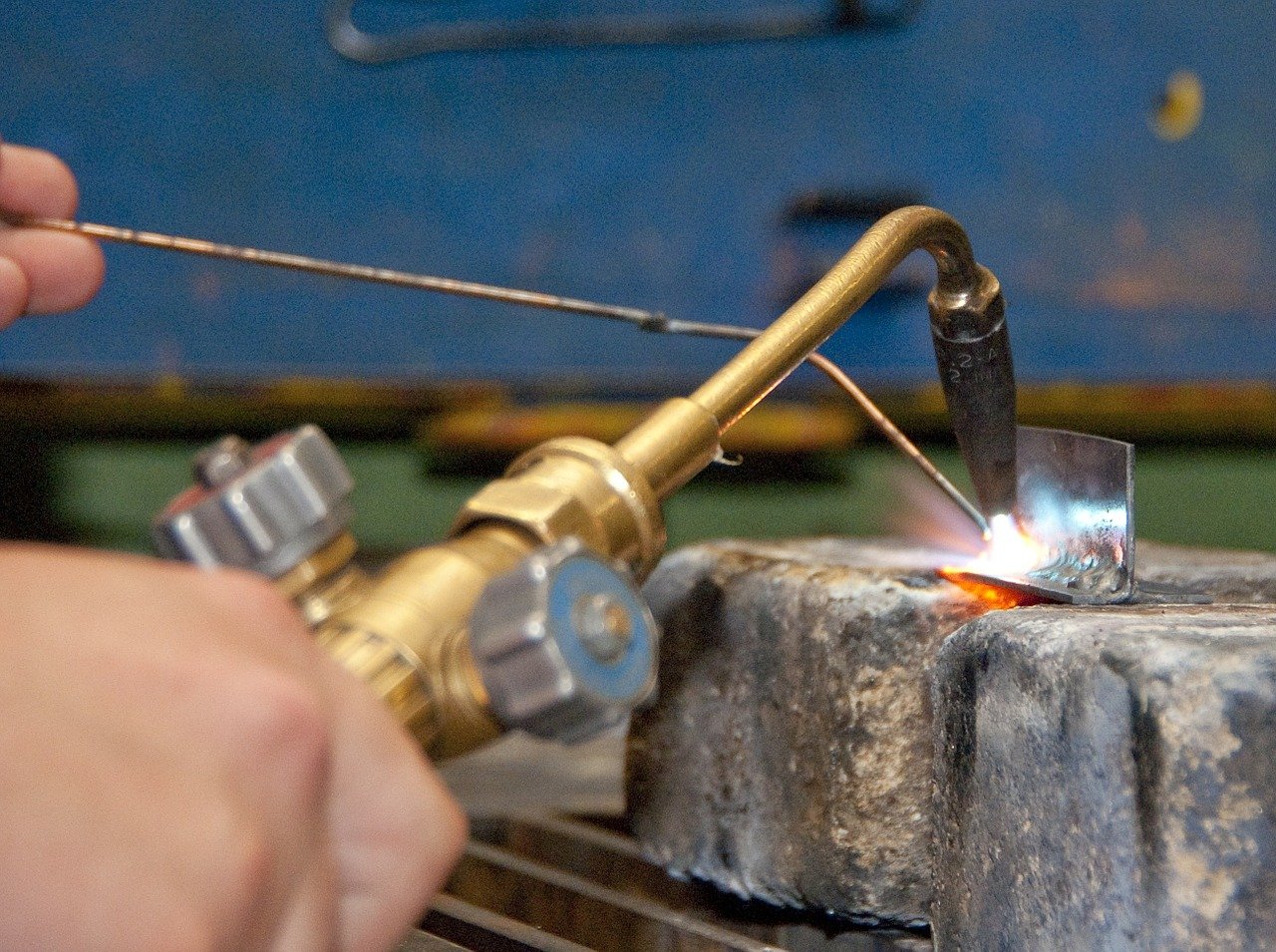Aircraft welding has been around for many, many years, and during that time many different types of welding have been developed.
The focus was on arc welding, productivity size, and the efficiency of the fiber laser welding, as well as manufacturing high-quality laser additive.
That’s why the most widely used method of fusing metals is welding.
Many different industries rely on the strong metal bond that welding creates.
In fact, half of the products are made in the U.S req.
To the racetracks of NASCAR, a welding career can take individual, manufacturing plants across the nation, like the oil fields of Texas, airports, and airplanes.
Introduction to Aircraft Welding
Successfully manufactured for commercial use, welding was in the construction of some of the first aircraft.
The manufacturing process and technologies used in aerospace evolved over the years.
The magnesium, aluminum, titanium, and lighter metals industry developed new techniques.
Aircraft Welding Processes
Gas Welding
Gas welding was the most common process use to produce aircraft materials until the mid-1950s, which were less than 3/16-inch thick.
It was more economical because electric arc welding largely replaces gas welding.
For aircraft repair, gas welding is still frequently used.
- In this process, Oxy-Acetylene welding is used for aircraft fabrication.
- Today the aircraft industry uses electric area welding extensively.
GTAW or TIG – Gas Tungsten Arc Welding
The aircraft industry developed TIG welding for use on magnesium in the late 1930s and the early 1940s.
For magnesium, today as well as for stainless steel and thick aluminum for TIG welding is still the preferred process.
Two of the main applications of TIG welding in this field for aircraft maintenance and repair.
- SMAW or Shielded Metal Arc Welding is sometimes used to weld steel fuselage structures.
- GMAW or MIG or Gas Metal Arc Welding is employed for large-scale aircraft manufacturing. Is rarely used for repair work since destructive testing is necessary to determine the quality of weld that this process produces.
The aircraft electric resistance welding is another type of welding, seam welding, and which is, sheet metal components in order to join thin metal sheets.
For precision and miniature applications also employs plasma arc welding (PAW).
Description of Aircraft Welding Jobs
Welder is responsible for the manufacture and repair of jets, airplanes, and helicopters.
60% percent of welders, cutters, and others in general (51-4121) work in the manufacturing sector and in the repair and maintenance field are about 5 percent.
The following steps involve the process of welding:
- Sketches, blueprints, studying specifications
- Calculation and dimensions
- Inspection of materials of the structures that need to be welded
- Monitoring other welder’s work in order to prevent overheating
- Equipment and maintaining machinery
Becoming an Aircraft Welder
For welding training, there are high school classes that can help prepare an individual.
Math, chemistry, and physics are included.
From studying mechanical drawing and metallurgy students can be interested in pushing welding training ahead which can also benefit.
Many students after high school start in the welding training program and typically receive instruction in the welding processes commonly used in the aircraft industry like SMAW, MIG, and TIG
To get a job as a welder certification is needed.
Which means certification tests must be passed.
These are based on industry standards are organizations such as the American Welding Society.
A Career in Aerospace Industry
Require only a high school education or completion of a training program as an Aerospace welder.
In most cases certification as proof of training is needed in order to get hired.
In the manufacture and maintenance of aircraft, welders play an important role.
To become an aircraft welder, many different welding processes must be finished.
Welding training can be found in trade schools.

Lastly, let me give you a bit more info about the salary.
Just keep in mind that these numbers might be different from place to place.
So, the average annual pay for an Aircraft Welder as of Apr 17, 2021, in the United States, is $40,148 year.
That works out to be approximately $19.30 an hour.
The salary you will get depends on many factors like years of experience, location, skill level type of welding certificate, and more.








